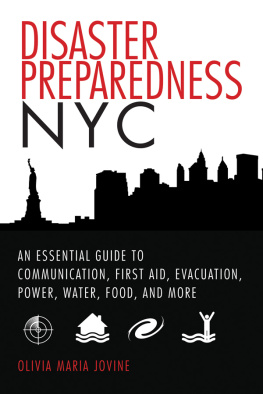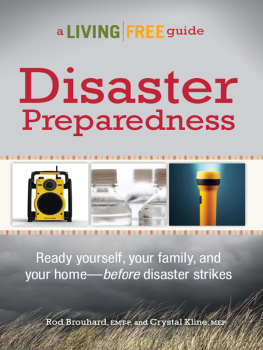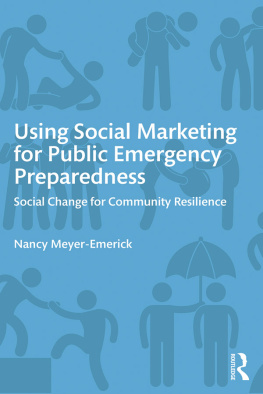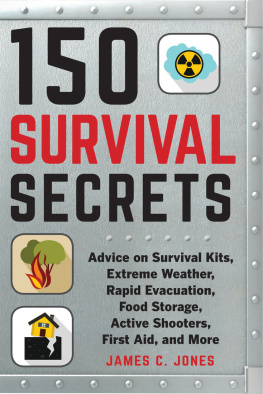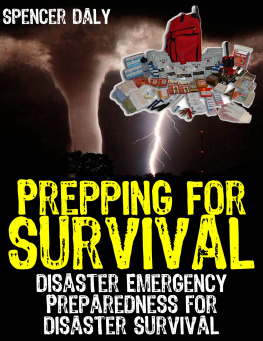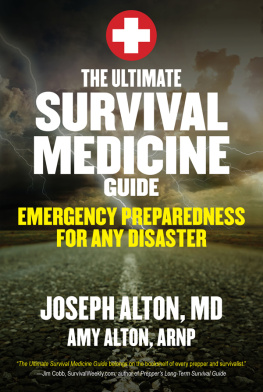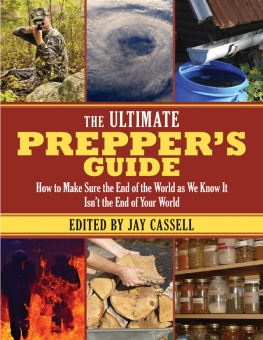Copyright 2015 by Olivia Maria Jovine
All rights reserved. No part of this book may be reproduced in any manner without the express written consent of the publisher, except in the case of brief excerpts in critical reviews or articles. All inquiries should be addressed to Skyhorse Publishing, 307 West 36th Street, 11th Floor, New York, NY 10018.
Skyhorse Publishing books may be purchased in bulk at special discounts for sales promotion, corporate gifts, fund-raising, or educational purposes. Special editions can also be created to specifications. For details, contact the Special Sales Department, Skyhorse Publishing, 307 West 36th Street, 11th Floor, New York, NY 10018 or .
Skyhorse and Skyhorse Publishing are registered trademarks of Skyhorse Publishing, Inc., a Delaware corporation.
Visit our website at www.skyhorsepublishing.com.
10 9 8 7 6 5 4 3 2 1
Library of Congress Cataloging-in-Publication Data is available on file.
Maps by Sharon Moskovits
Illustrations by Houman Saberi
Print ISBN: 978-1-62914-709-3
Ebook ISBN: 978-1-62914-922-6
Printed in China
Disclaimer: This book is intended to offer general guidance relating to disaster preparedness. It is sold with the understanding that every effort was made to provide the most current and accurate information. However, errors and omissions are still possible. Any use or misuse of the information contained herein is solely the responsibility of the user, and the author and publisher make no warrantees or claims as to the truth or validity of the information. The author and publisher shall have neither liability nor responsibility to any person or entity with respect to any loss or damage caused, or alleged to have been caused, directly or indirectly, by the information contained in this book. Furthermore, this book is not intended to give professional dietary, financial, or medical advice. In the event of an actual emergency and/or disaster, the reader is urged to follow directions and advice given by the appropriate authorities.
CONTENTS
FOREWORD
Mental Rehearsal Is Fundamental for Performance Success
Being prepared for the unexpected is the commonsense approach to daily living in a busy metropolitan city. Being prepared for a disaster situation requires a previous effort from you. It is up to you to take the time, and make the effort, to gain the knowledge and skill that could, at that critical moment, make a difference.
The shockwaves that were created on September 11, 2001, have reverberated to this day, even as we open the museum on the site of the collapsed Twin Towers. On that fateful day, the communities around New York City were filled with families touched by the loss of a friend, a family member, or an acquaintance.
At a dinner six months after 9/11, I was sitting next to a woman who had to remain in the city doing network TV coverage of the aftermath. She asked me what our town of Eastchester, New York, was doing to prepare for a future disaster.
It was a good question, so, as councilwoman for Eastchester, I sought an answer from our first responders, many of whom had been backup for the police and firefighters in New York City. What I found was shocking; there were no plans for preparing and training community members to help during any type of emergency. It became clear to me something needed to be done, and it needed to be done now.
In contacting the woman who had posed the question, we formed a small committee to research how to make a plan. We met around my dining room table and she accessed her network contacts, which led to Washington, DC, where help was immediately available. A program called Community Emergency Response Team, or CERT for short, had been developed in California to assist with the devastating fires that forced homeowners to evacuate and relocate. This program became the basis of the Citizen Corps concept that FEMA was offering to communities.
We requested training material for twenty-five people; it was delivered four days later. We were under way.
The training course required a certified teacher to give the week-long course. Fortunately, a trained instructor lived in New Jersey and agreed to teach our class. We advertised our course and in no time had twenty-five volunteers eager to take the course and become certified member teachers.
The Eastchester Citizen Corps was ready to be actioned. A local college provided free space where our highly trained instructor prepared the course. Many local first responders came in teams to work cooperatively with our volunteers, creating an interactive relationship from the beginning. As volunteers stepped up to register for the program, the community fund provided a grant to cover the expenses.
The course was intense, meaningful, and inspiring, and we graduated twenty-one hometown trainers and became the first Citizen Corps in New York State. We set up training courses and shared our knowledge with other cities and towns in Westchester.
You may be wondering how I ever decided to get so involved. I have two vivid memories that answer this. When I was five years old, during the Second World War, my widowed mother was an air raid warden. When the sirens whined, my mother, covered in a black coat and hard hat, left me tucked in bed as she monitored for total blackout conditions. Eleven years later, as a sixteen-year-old licensed driver, I volunteered to help rescue people from the flooded river flats of the Mississippi and bring them to the Red Cross shelter. At that young age, I witnessed how disaster recovery and good leadership can save peoples lives, and this has stayed with me to this day.
As the months passed, we continued to hold classes and provide adult education, group training, student awareness before going to college, and a special training on apartment dwelling hazards. We purchased and furnished a trailer with emergency supplies, cots, blankets, water, food, and medical supplies. We agreed that the Red Cross could use the trailer for disasters in southern Westchester.
We identified local sheltering venues at colleges, schools, churches, and town facilities. We designated cooling centers for heat waves in summer and warming shelters for people who lost power or heat in the winter. More important than any knowledge gained from training, we established a town-wide attitude and awareness; we were a caring community.
As the years went by, we grew our Citizen Corps membership and were teaching people from Mount Vernon, Yonkers, Scarsdale, and New Rochelle, allowing us to effectively interact with our neighboring municipalities. We received large and small contributions and secured grants from the state and federal government.
Are we making a difference? Yes, we are. We have over 125 volunteers trained and ready to assist on a phone calls notice or email alert. The auxiliary police has a group of volunteers to assist with traffic control, since Route 22 runs through Eastchester and would be the northbound evacuation route out of New York City. We have volunteers who could manage shelters, care for the children, assist the elderly, and back up the first responders in search and rescue.
Finally, we encouraged the local apartment buildings to hold tenant meetings, where the training and question and answers helped forge friendships and eliminate the privacy barriers that even separated next-door neighbors. Two women stopped me on the street and recounted five months later how their building handled a week-long power outage. Teams were formed to assist people with the stairs, grocery shopping was pooled, and two people from each floor shopped and dispersed the goods. In another building a Citizen Corps leader organized the staircase helpers who took turns with flashlights in hand leading people up and down the six-story staircase.

